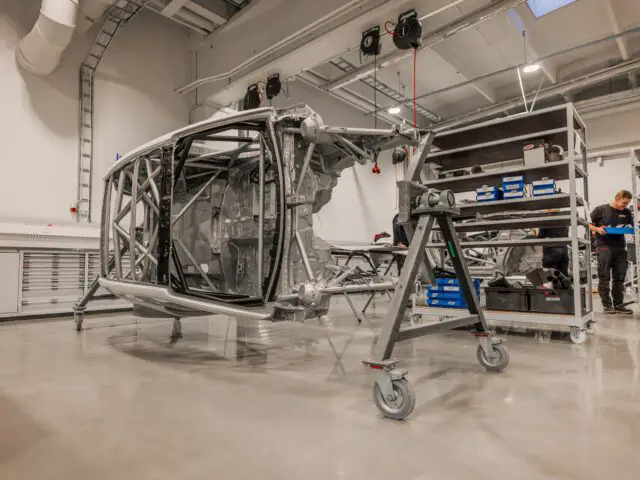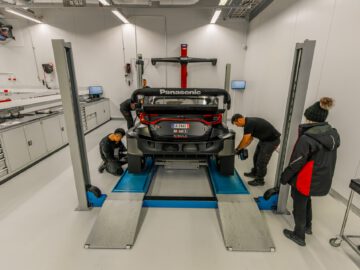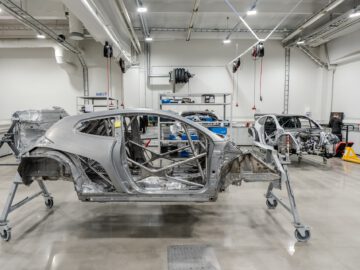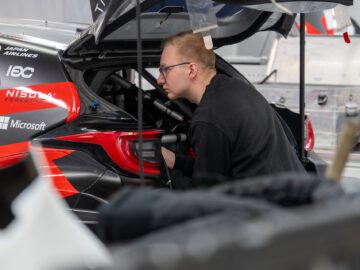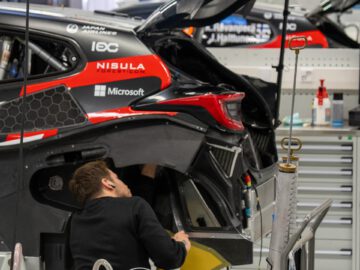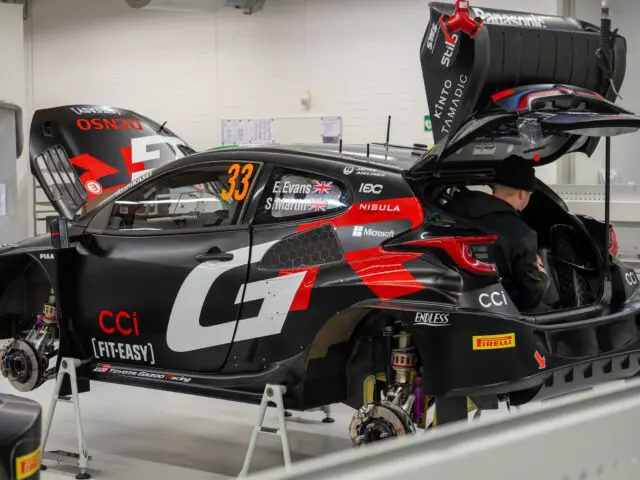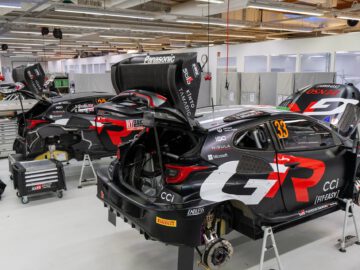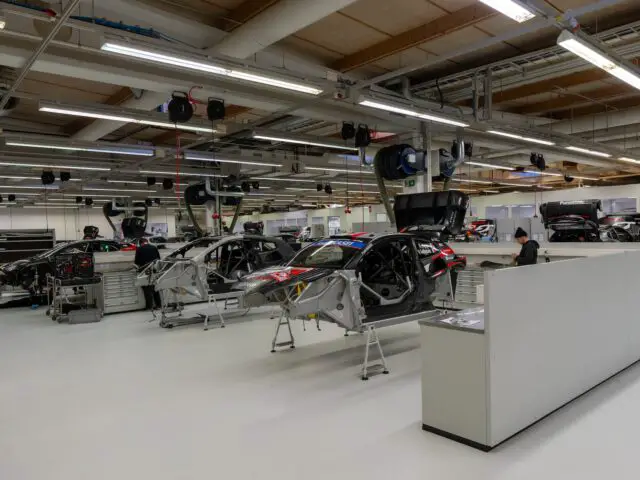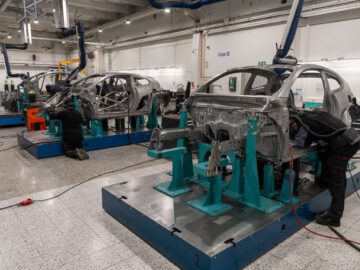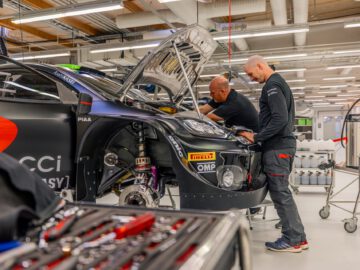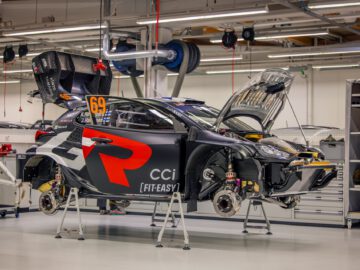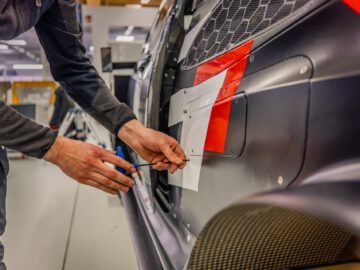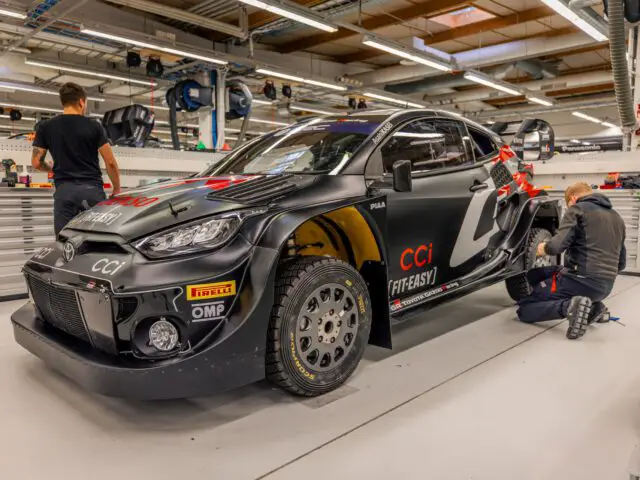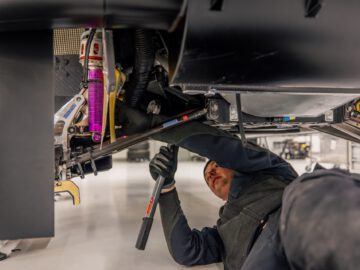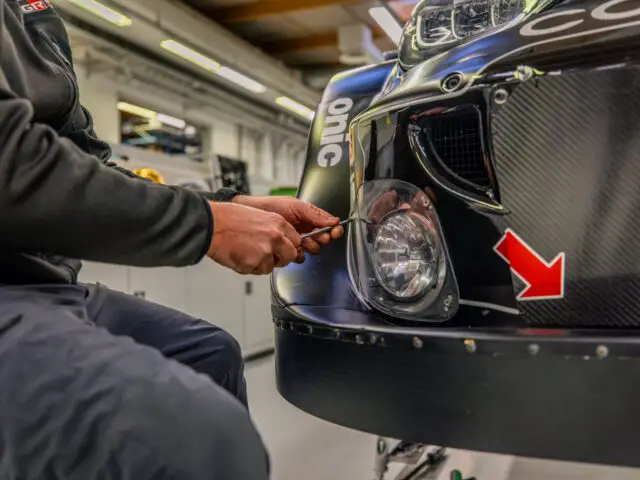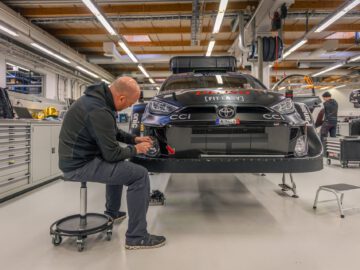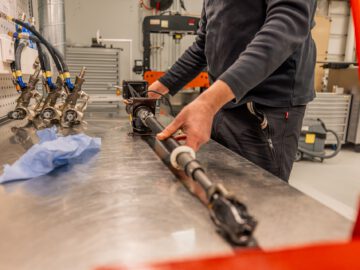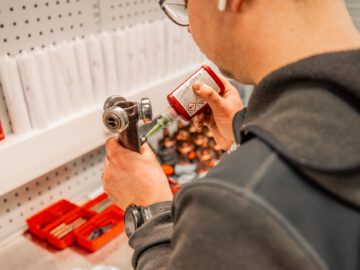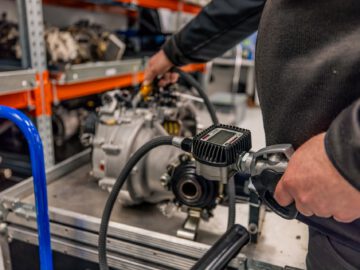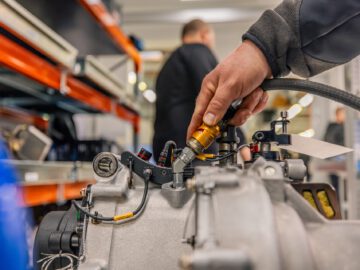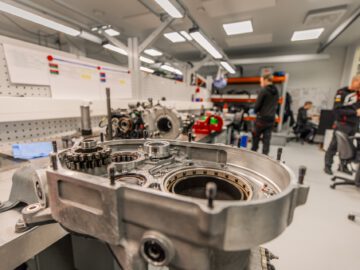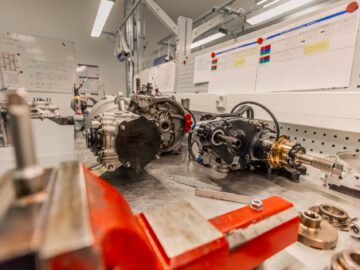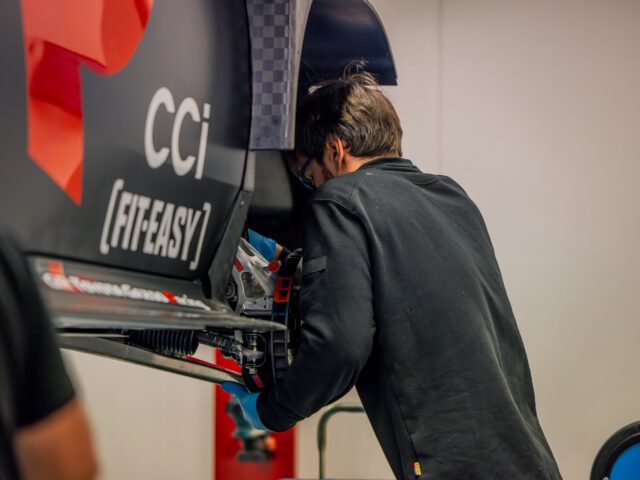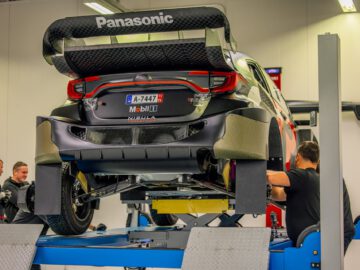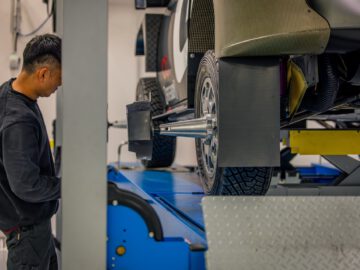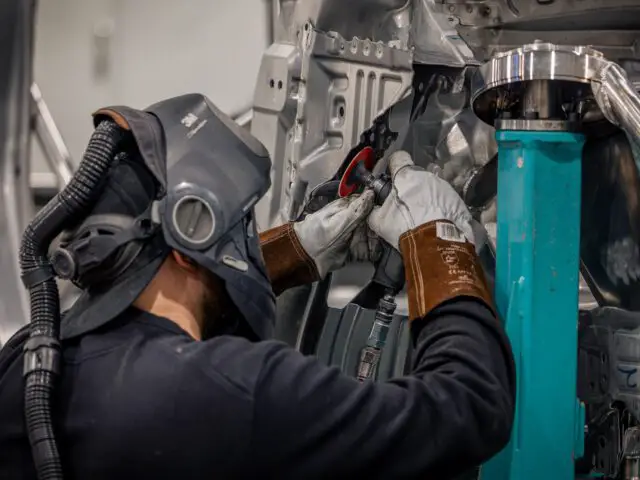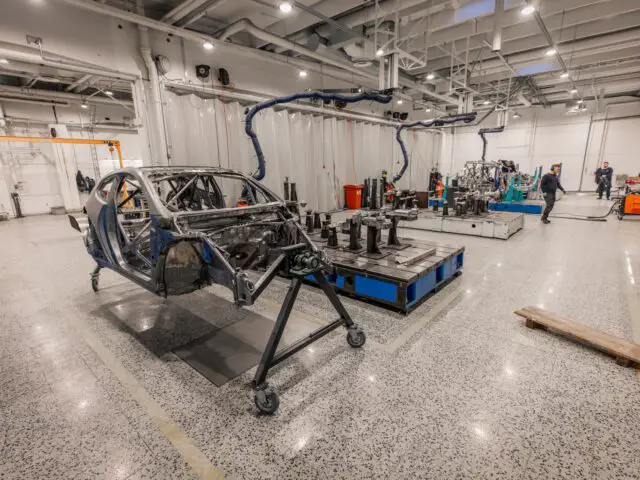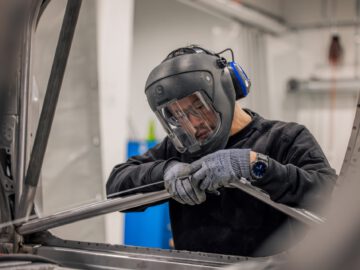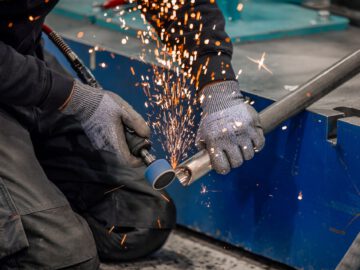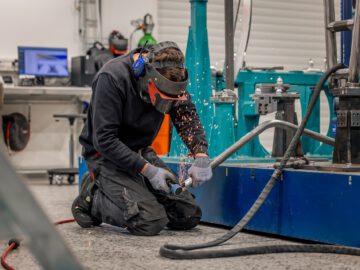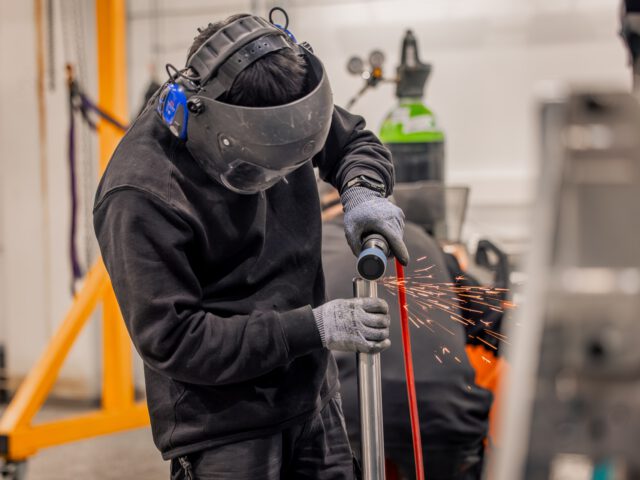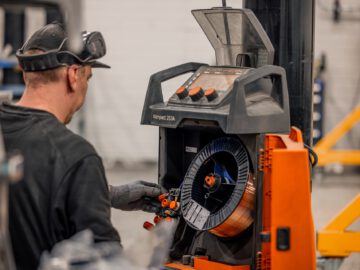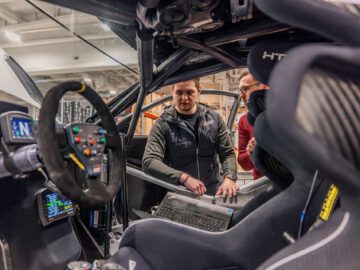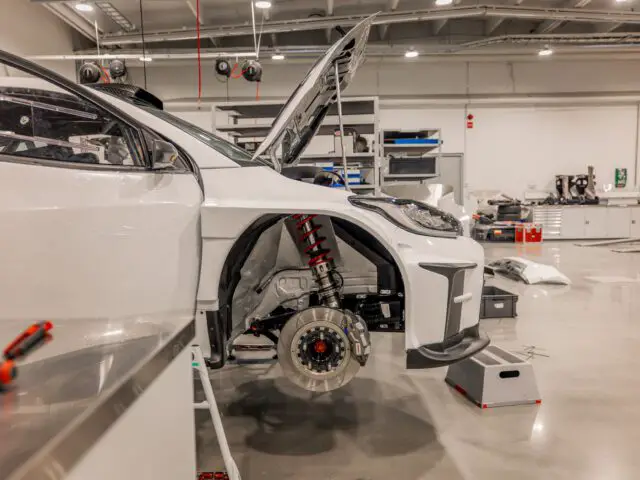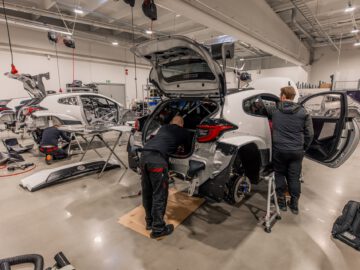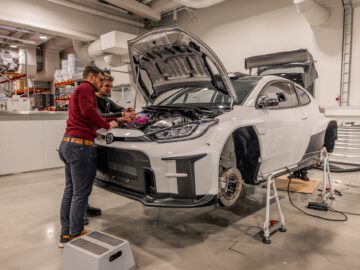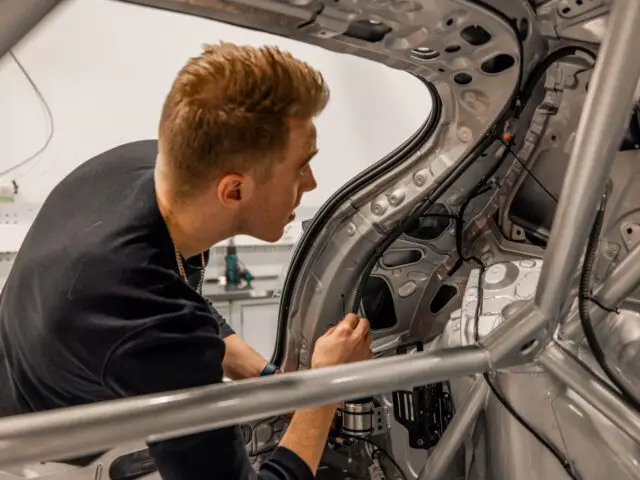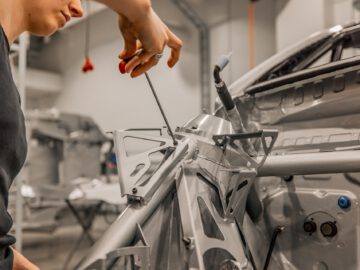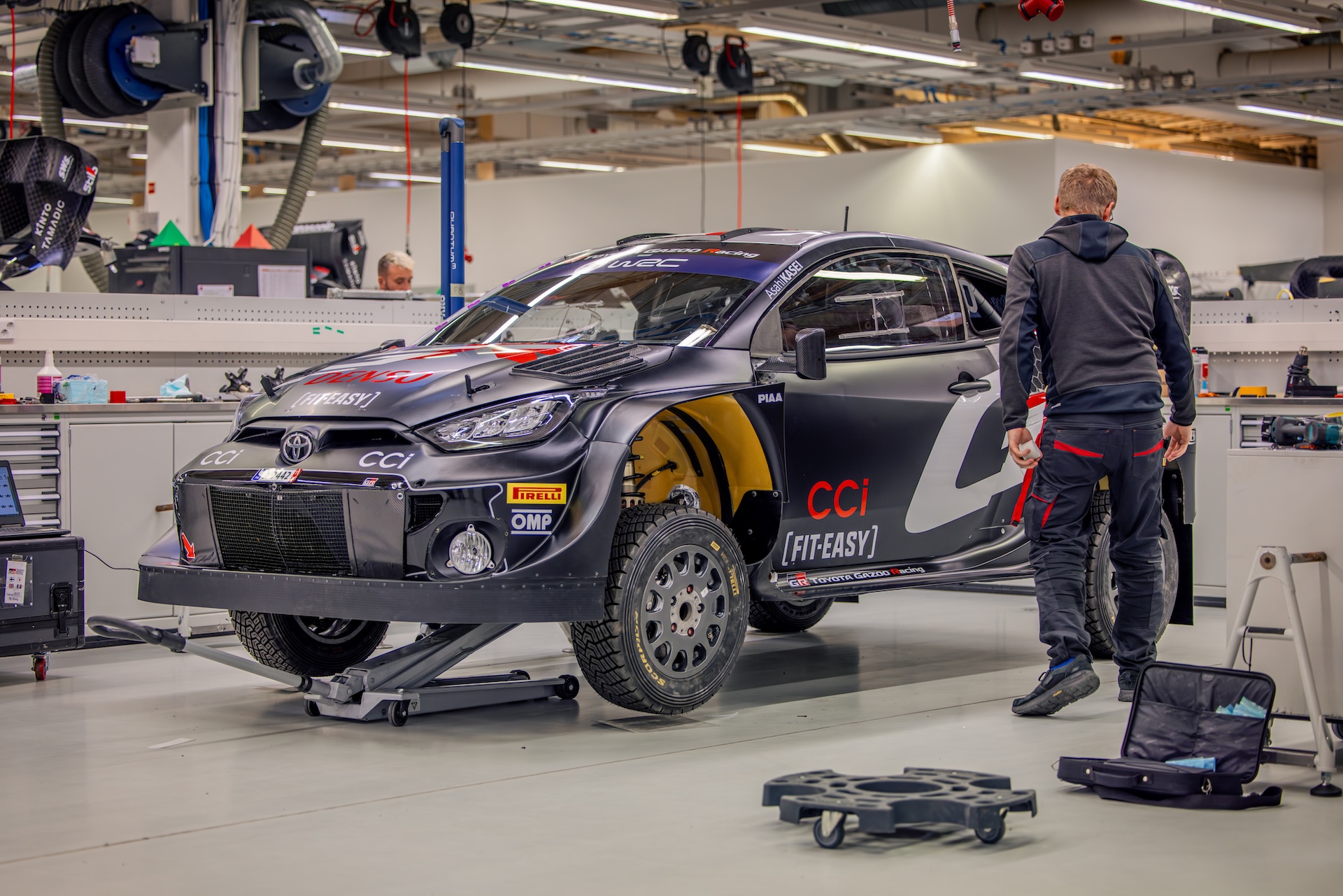Exclusive visit TGR-WRT: Toyota GAZOO Racing’s WRC rally team
Welcome to Jyväskylä, Finland
In Jyväskylä, Finland, life seems to stand still during the winter months. Trapped by snow and ice, the area experiences temperatures well below freezing almost every day. Very exciting does not look the environment. A lot of apartment buildings, a lot of industry. So doesn’t sound very exciting.
Fantastic gravel roads
Still, Jyväskylä is the place to be if you have a rally team at a seriously high level. Even Hyundai has a development center nearby. The area offers fantastic gravel roads, snow trails as well as past airfields with tight asphalt. Perfect conditions to torment a rally car on various types of surfaces.

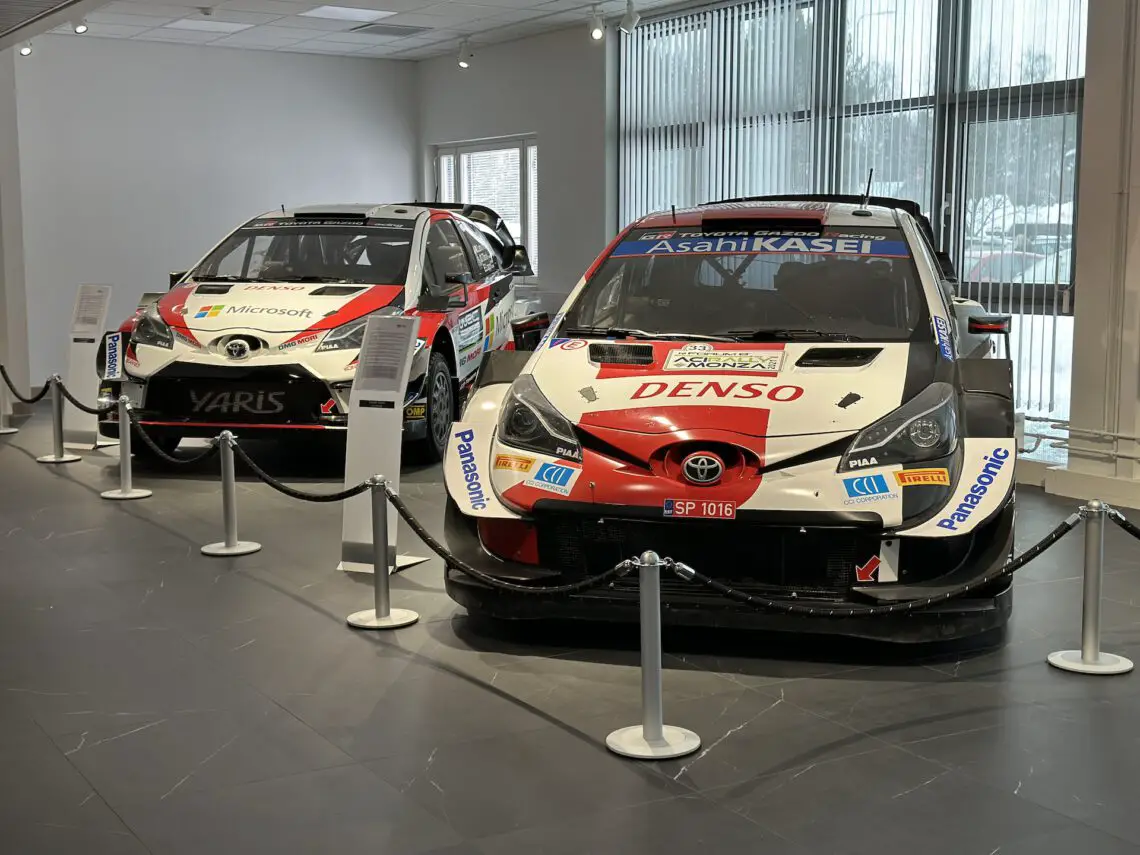
New location for Toyota GAZOO Racing
So for a rally team, Jyväskylä offers the perfect environment for developing rally cars at the very highest level. For that reason, Toyota GAZOO Racing also has a location here. TGR-WRT, by the way, is working behind the scenes to realize a new location, near its current location. That new facility in particular will be larger, more sustainable (energy neutral) and even more conveniently located. Additional capacity will also allow TGR-WRT to help develop street cars for Toyota. Toyota will announce more details about that later.
Fine AWD stuff
The current development center is also impressive. Although, not on the outside. Even finding a Toyota logo on the property is a challenge. Only in the parking lot do some cars give away that something special must be going on inside. Think of a GR Yaris or other fine AWD stuff you’d like to be seen in as a rally driver or engineer.
Different Yaris WRC cars
Strict rules apply within the facility. For example, taking photos or videos is strictly prohibited in the development halls. Photos may still be taken in the reception hall. We are happy to do so, as there are several Yaris WRC cars with which Toyota became champion.
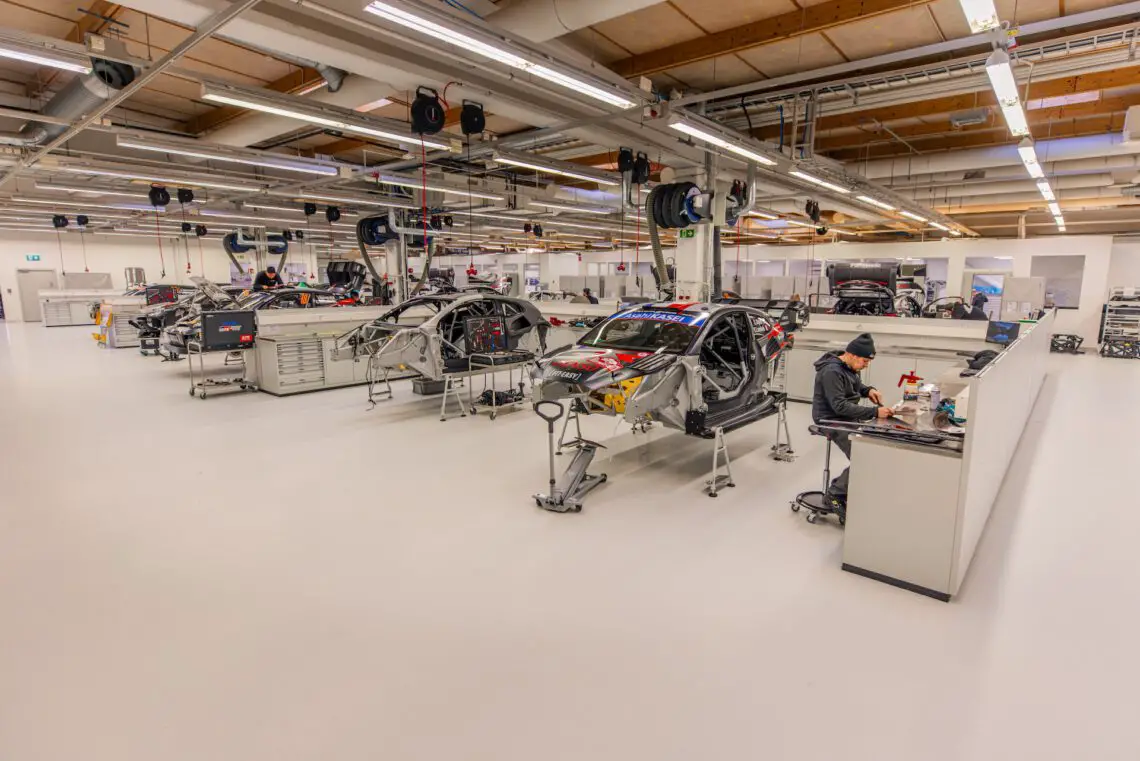
Caution
The tour is about to begin. Therefore, we must leave the phone in a locked room. Anyone who does have the audacity to smuggle a phone into the development rooms will be thrown out immediately. Moreover, it means the end of the tour within TGR-WRT for everyone. Why the caution? Simple: during this tour, we come face to face with equipment and technology that competitors feast on. Sometimes there are also cars that should not be shown to the outside world.
Resolved
But wait a minute? If we are not allowed to take images, how come there are still photos in this article? Simple: those photos TGR-WRT took especially for us. In the photos, everything looks particularly tidy and “secret” items have been removed from view. During our visit to TGR-WRT, there was plenty of activity and several other cars were visible, including from private drivers.
Many spare parts
It is extraordinary to see that the entire complex is perfectly matched. Each hall has its own functions. There is a parts distribution point, a special department that welds together all space frames, a transmission department, a department focused on Heron’s wheel suspension, multiple assembly units and also departments that can fabricate parts using special laser technology, all in-house. It is also special to see how many parts are in stock. From side shields to engine covers, almost all made of carbon fiber. Even of motorsport brake discs, there are about 30 in stock, ready to be applied to the various WRC cars.

Crates
All departments together operate like a well-oiled machine. Everyone knows exactly what needs to be done, what the deadlines are and what adjustments are needed to make the car even better during another WRC rally. The halls also have all crates ready with papers with locations on them. Japan, Kenya, Mexico, etc. Although those events may not feel like they are happening for a long time, planning at TGR-WRT is already in full swing.
Two sets
Running a WRC team is quite an operation. At TGR-WRT alone, you have to think of 11,000 hotel stays per year, over 5,000 flights per year and so on. WRC gets to all corners of the world. Most WRC teams therefore work with two sets of cars and equipment. One set is for use in Europe, while another goes across the world, toward Mexico, Kenya or Japan. Life would be a lot easier if all the rallies took place in Europe, but then the WRC would lose its international character.
The price of a WRC car
Such an operation also costs, of course. Only one WRC car has a price tag of about 1 million euros. So driving damage is costly, but drivers from WRC teams are given free rein to get the best result. Winning the title may cost something, at least at Toyota GAZOO Racing.
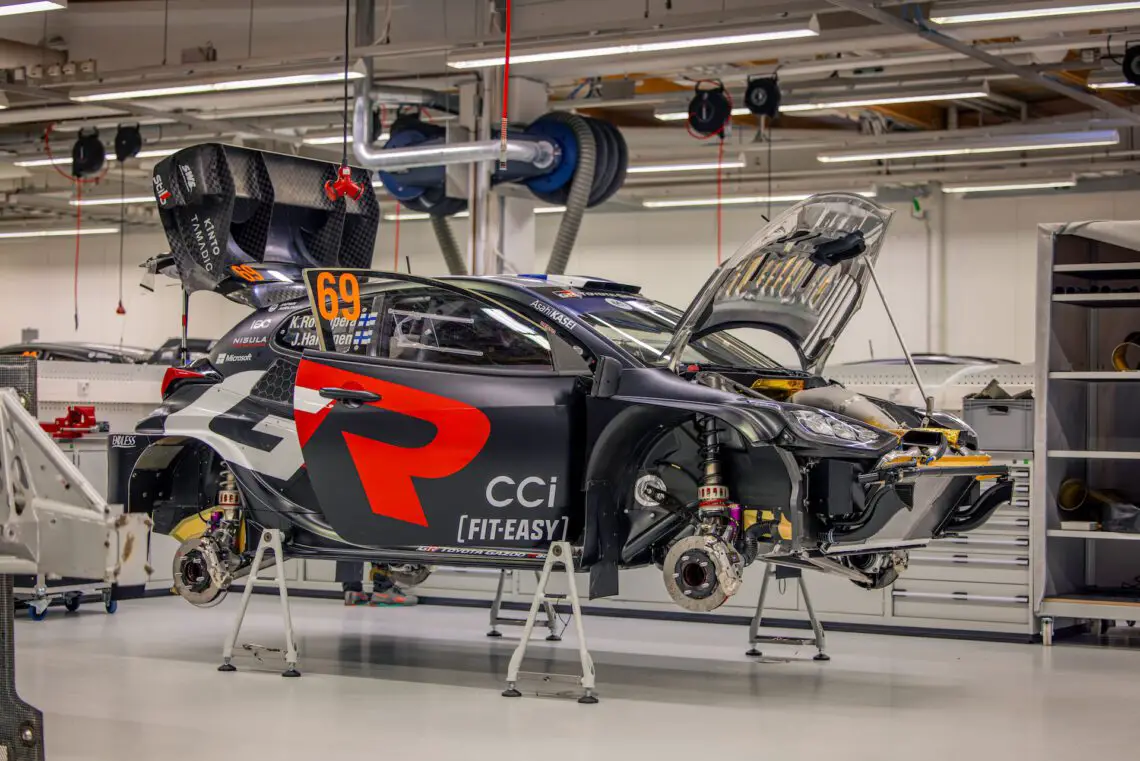
Benefits of WRC
Competing on the world stage rally driving therefore delivers. Additional name recognition, for example, and thus potentially an increase in sales of regular street cars. Rally also provides a lot of knowledge that can be applied in development of street cars. Consider components such as dampers, kinematic suspension, vehicle tuning and more. WRC knowledge also created the GR Yaris, for example. It came on the market in 2020 and has since been sold more than 20,000 times. So it does work.
Hybrid power
We get into a conversation with Kevin Struyf, Engineering Manager TGR WRT. This French engineer is in charge of engineering at Toyota and knows everything you could possibly know about a rally car. But Kevin also explains that new challenges are added every year. A fairly recent one is the addition of the hybrid box that WRC1 cars now use for extra power.
“This Hybrid box is the same for all teams. So we get it delivered. So you have no influence on this as a team. By using this Hybrid box, the safety component has also changed slightly. Nobody is allowed to touch the car. Many aspects have been added,” says Kevin. “Also dampers are always a big challenge during the development of a rally car. These dampers have to be able to deal with all conditions, gravel, asphalt and snow. Gravel is different everywhere, in Finland it is nice and smooth, but in Kenya there are big potholes. Moreover, dampers have to be able to deal with huge jumps. So that involves quite a bit of knowledge.”
More brands welcome
Kevin also likes to look to the future of the WRC championship. Just think about hydrogen technology. “That’s certainly interesting, but also a challenge. Above all, it has to be safe. It’s something we are definitely keeping an eye on, but perhaps there is more of a future for hydrogen in endurance racing. With rally, we get to remote locations anyway, so you also have to look at what’s convenient for the logistics picture.” Kevin especially hopes that more brands will join the WRC, as currently only Ford (M-Sport), Hyundai and Toyota participate. “More brands would be good for the sport, for diversity but also for tension in the championship.”
